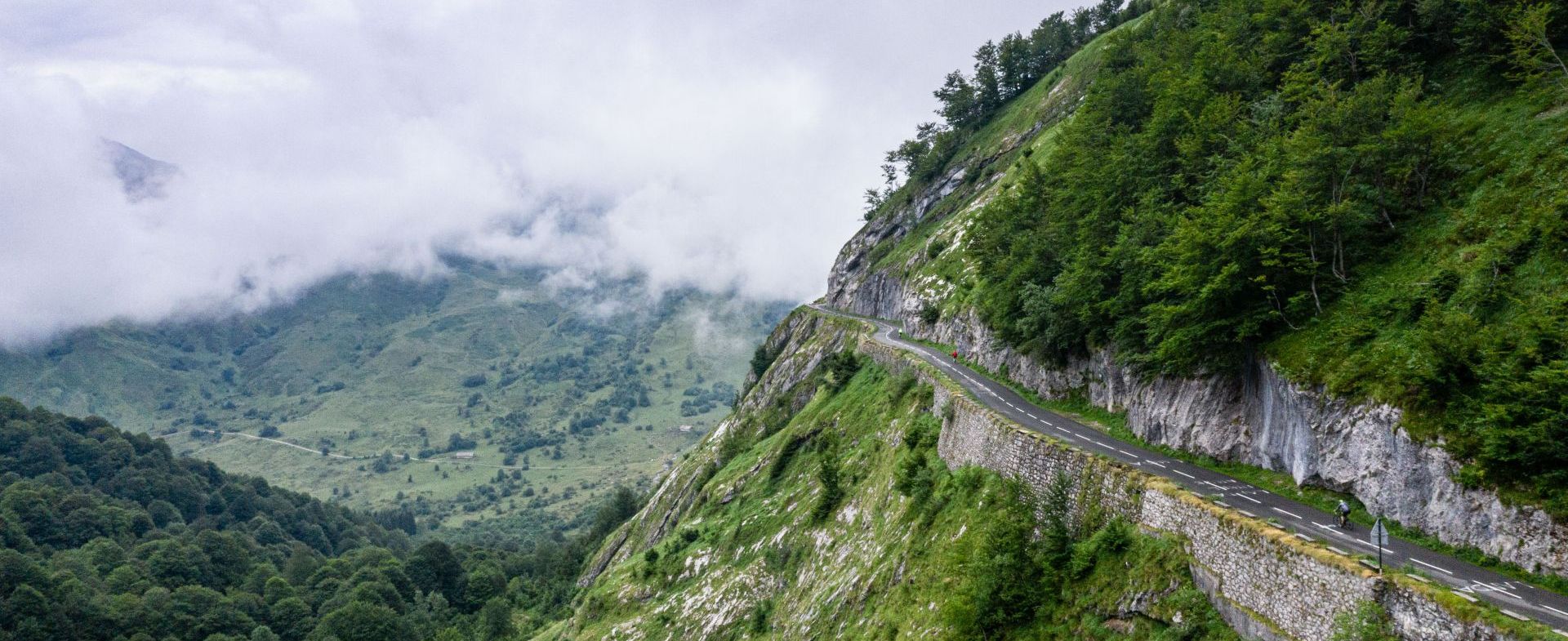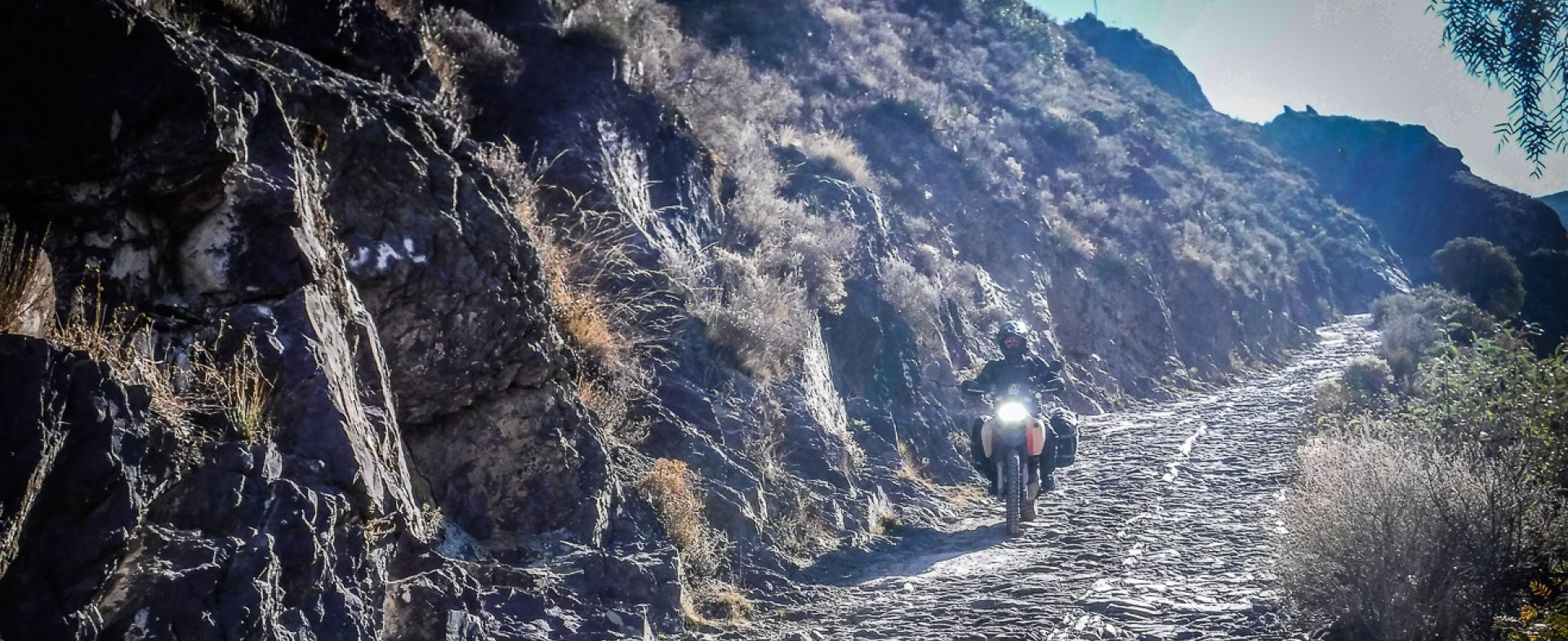Not a flat spot to be seen on the 11th day either, as we continue our conquest of the French Alps - starting off with a stunner: the Col du Télégraphe. A 44-kilometer long must-ride for any motorcycle enthusiast: perfect surface, high altitudes, dizzying curves, and wonderful panoramic views. This Road will take you through woods with a bunch of hairpins and a very smooth road surface, and on the summit, there’s a fantastic stopping point, which offers enough possibility to have lunch or dinner and is very photo-friendly as well.
Well rested and nourished, you’ll be ready to take on the big one - the Col de Galibier. This pass reaches way above the tree line, which gives it a lunar surface and a surreal otherworld-feel. Lots and lots of cyclists are pounding their way up the hairpins or rocketing down if they’re on their way back, but luckily the views are very open - so you should be able to dodge all of them. After that portion of human-powered cannonballs, you might want to aim your focus away from the sheer drops virtually along the entire route and into the number of hairpins that would make a well-trained astronaut dizzy.
Needless to say, the route is not recommended if you have a pillion who’s riding along for the first time - nor is it any good for the faint of heart... That said, the reward at the top is enormous, with magnificent scenery awaiting. Park your bike and walk a few minutes to a viewpoint that allows admiring the surrounding peaks Meije, Grand Galibier and Mont Blanc. An absolute must.
As you’re around now anyway, why not make a small detour: the D76 trough Combe Laval is hands down the most amazing road in the Vercors. The road surface might not be the best you’ve ever witnessed, but the view makes up for it. Riding on it, it’s not hard to see why the Vercors region is often compared to a fortress: separated from its peripheral regions by the steepest of cliffs, the massif’s only connection to the outside world is through a few indentations in the mountainside.
This one might just be the most spectacular of its kind: a magistral aureole excavating more than four kilometers into the Vercors mountains. The road rotates around the mountain, going through tunnels and metallic roadways. Talking about awe-inspiring asphalt. Just don’t be baffled too much though, as you wouldn’t want to miss a corner and drop about 300 meters into the abyss...
The last real mountain during this Tour is not to be underestimated: the Col de l'Iséran might just be the holy grail for many motorcyclists: it’s the highest paved mountain pass in the Alps, tilted exactly 2.764 meters above the sea level. The D902 road curls up and around the Col, which makes it one of the highest mountain roads of Europe - but sadly, also one of the worst maintained ones.
The surface isn’t very smooth and has some gaping holes and tears in it - exactly what you don’t want when you crack the throttle for some speedy cornering. But it’s enjoyable nevertheless: just cut back on the gas a bit, enjoy the views, and you’ll be more than fine. A tip of the house: the north side of the pass road will spoil you with multiple galleries and tunnels, with a steep ascent/descent topping at 12 percent. If ever we’ve seen a heroic finish…






















































